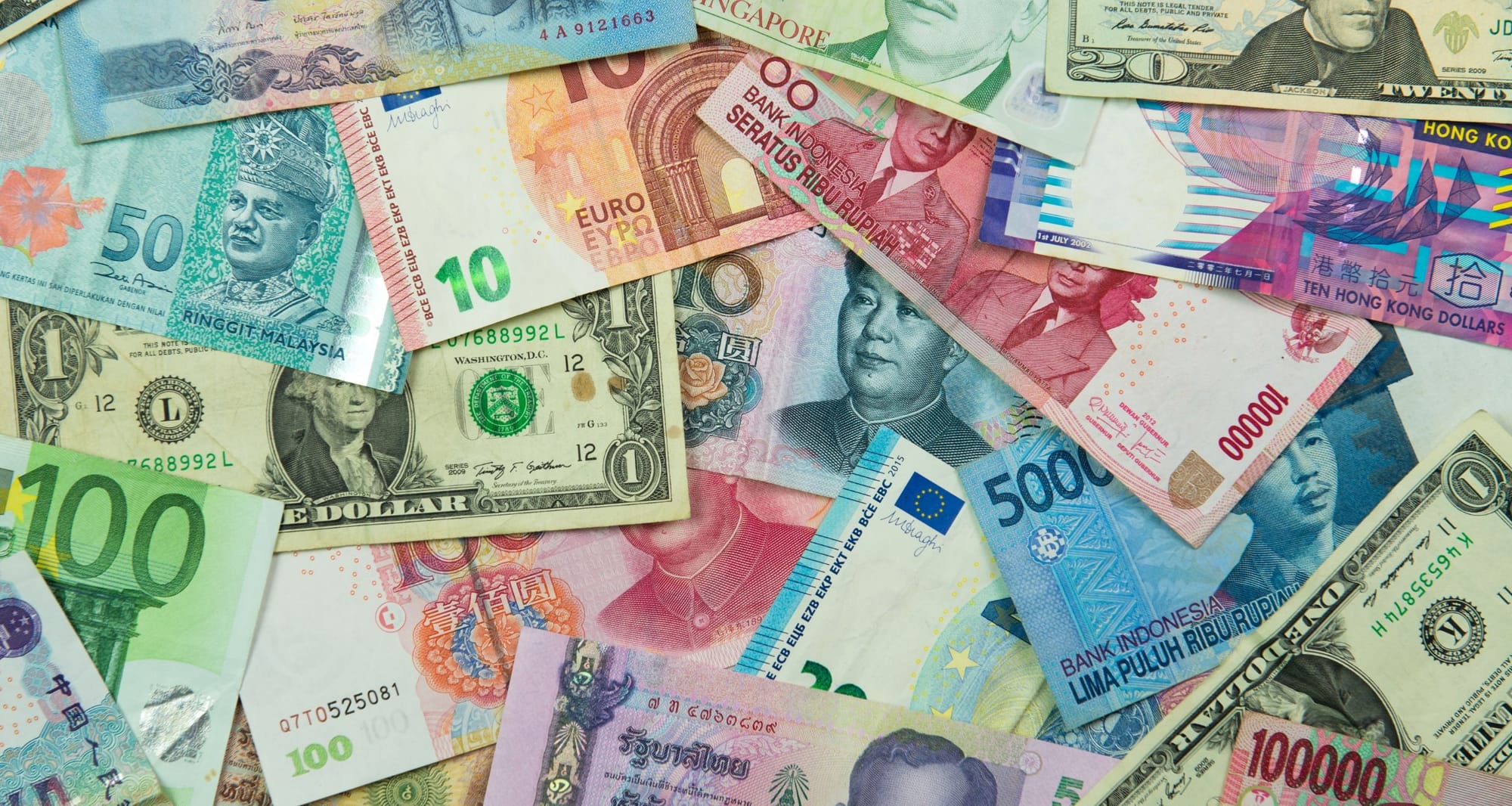
Q: What is the best way to exchange foreign currency?
If you are planning to travel abroad, you’ll need the local currency of the country or countries you are visiting. Most travelers visit their local bank to stock up on foreign currency before leaving the United States. The rate your bank will give you is typically a very bad deal.
Let’s break down the cost of a currency exchange at your local bank. The figures and amounts referenced here were current at the time of writing (May 9, 2015):
1 Euro is trading at $1.12 USD in the foreign exchange market. Your local bank will not charge you the market rate.
Bank of America, for example, is charging $1.1829 USD for each Euro. This up-charge of $0.0629 may not seem like a lot, but assume you take out €1,000 for your trip. With a profit margin of $0.0629 per Euro on one thousand euros, the bank will have made $62.90 on that transaction alone.
It is possible to avoid paying these obnoxious fees.
First, it is important to assess whether you actually need that much physical currency. Your MasterCard and Visa credit and debit cards will work at merchants abroad. If you have a credit or debit card that does not charge a foreign transaction fee (we’ll recommend a few below), you’ll pay only the card issuer’s conversion rate for the day.
Let’s use MasterCard as an example. You’ve just had a €100 dinner in Paris. The market values that dinner at $112.00 USD in our example above. Bank of America would have charged $118.29 for the €100 currency note. If you swipe your MasterCard, though, you’ll pay only $113.12.
The currency conversion rates on credit and debit card purchases is significantly lower than those you’ll get at a physical bank in the United States or at currency conversion centers abroad. The more foreign spending you place on your card, the more you will save in exchange fees.
Critical Note! International merchants will frequently offer to convert your bill or restaurant check to U.S. Dollars, charging your card in USD, rather than the local currency. Do not allow this! The conversion rate an individual merchant provides you will be worse than any other you will find. The benefits of the favorable MasterCard, Visa and American Express exchange rates are only possible if the card issuer handles the conversion. If you are in Paris, businesses should charge your card in Euros.
With the understanding that you will be able to use your credit card for most purchases abroad, it is recommended that you exchange less physical currency. This will reduce the cost of poor exchange rates.
A few important notes about physical currency exchange:
- If requesting foreign currency from your own bank, expect to wait at least 2-3 days before the bank can fulfill your order. Individual branches do not stock foreign banknotes.
- Currency can be exchanged on demand at international airports both in the United States and abroad. Travelex is one of the primary conversion agencies around the world. Travelex’s rates are higher than local banks, but they permit smaller transactions and the foreign currency is in your hands within minutes. Per the example date above, €100 would cost $124.81 USD.



